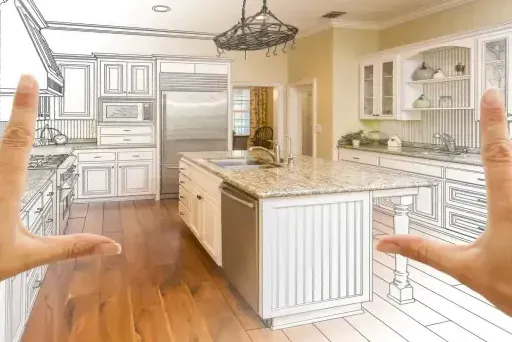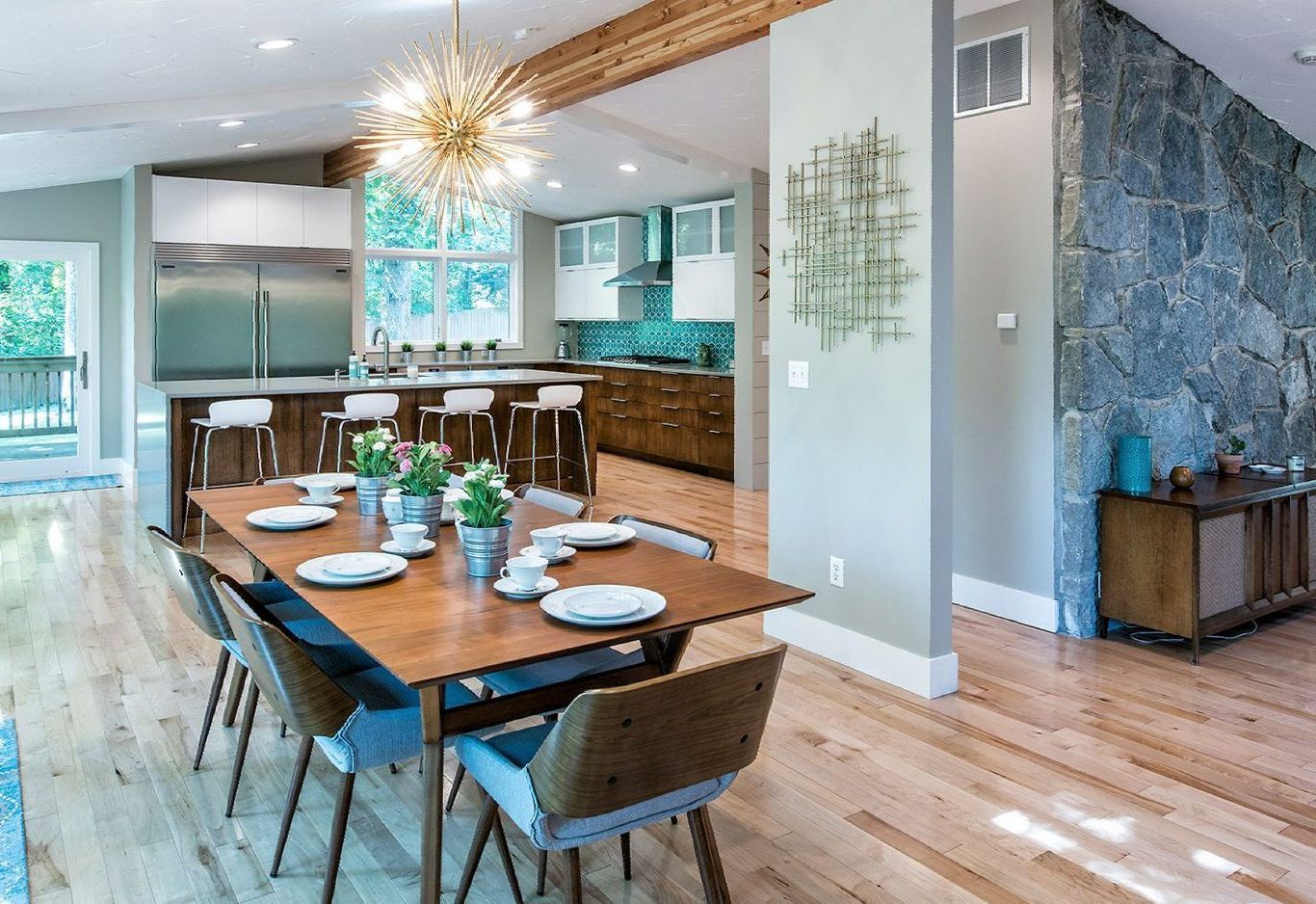How to Budget for a Whole-Home Renovation Without Breaking the Bank
Define Budgetary Goals for Your Home Remodeling Project
A whole-home renovation is an exciting opportunity to reimagine your space, improve functionality, and increase your property’s value—but it’s also a major financial undertaking. Without careful planning, costs can spiral quickly, leaving homeowners overwhelmed and over budget. The good news is that with a strategic approach, you can achieve a beautiful transformation while staying financially grounded. Budgeting wisely from the start is the key to renovating without breaking the bank.
The first step in budgeting for a full-home renovation is to define your goals clearly. Identify which areas need the most attention and which changes are essential versus nice-to-have. Are you aiming to modernize outdated rooms, improve energy efficiency, or reconfigure the layout entirely? Prioritizing your objectives helps you allocate your budget toward the upgrades that matter most. A clear scope also
Speak With A Remodeling Expert!
helps contractors provide more accurate estimates, reducing the likelihood of surprises down the line.
Once you know what you want, it’s time to set a realistic total budget. A common rule of thumb is to spend no more than 10–15% of your home’s current value on a full renovation if you want to see a return on investment. However, this number should be adjusted based on your long-term plans. If you’re renovating for personal comfort and plan to stay for years, your spending can be more flexible. If resale is your goal, focus on updates that will attract buyers and boost value.
Crafty Material Choices & Planning for Unexpected Home Remodeling Costs
Don’t forget to factor in hidden or unexpected costs. These might include permit fees, design consultations, temporary housing (if needed), and structural repairs discovered during the renovation process. Experts recommend setting aside an additional 10–20% of your total budget as a contingency fund. This financial cushion gives you peace of mind and flexibility to adapt without derailing the entire project.
Another important strategy is to renovate in phases if your budget doesn’t support a full remodel at once. Start with the areas that offer the most daily impact or that pose safety concerns—like kitchens, bathrooms, or outdated electrical systems. Then move on to cosmetic updates, flooring, or less urgent changes as your finances allow. Phased renovations help you spread out costs and avoid taking on debt or dipping into emergency savings.
Being selective with materials is another way to control expenses. High-end finishes can drive up costs quickly, but there are many attractive and durable mid-range options that deliver great results for less. For example, consider luxury vinyl flooring instead of hardwood, or opt for stock cabinetry instead of custom-built units. Reuse existing elements like doors, trim, or appliances when possible to save money and reduce waste.
Finally, get multiple quotes from licensed contractors, and don’t automatically go with the lowest bid. Look for a balance of value, experience, and transparency. A trustworthy contractor will help you stay on budget, offer cost-saving alternatives, and avoid shortcuts that lead to costly repairs later.
With careful planning, smart prioritization, and a flexible mindset, a whole-home renovation can be both manageable and rewarding. The key is not just how much you spend—but how wisely you spend it.



